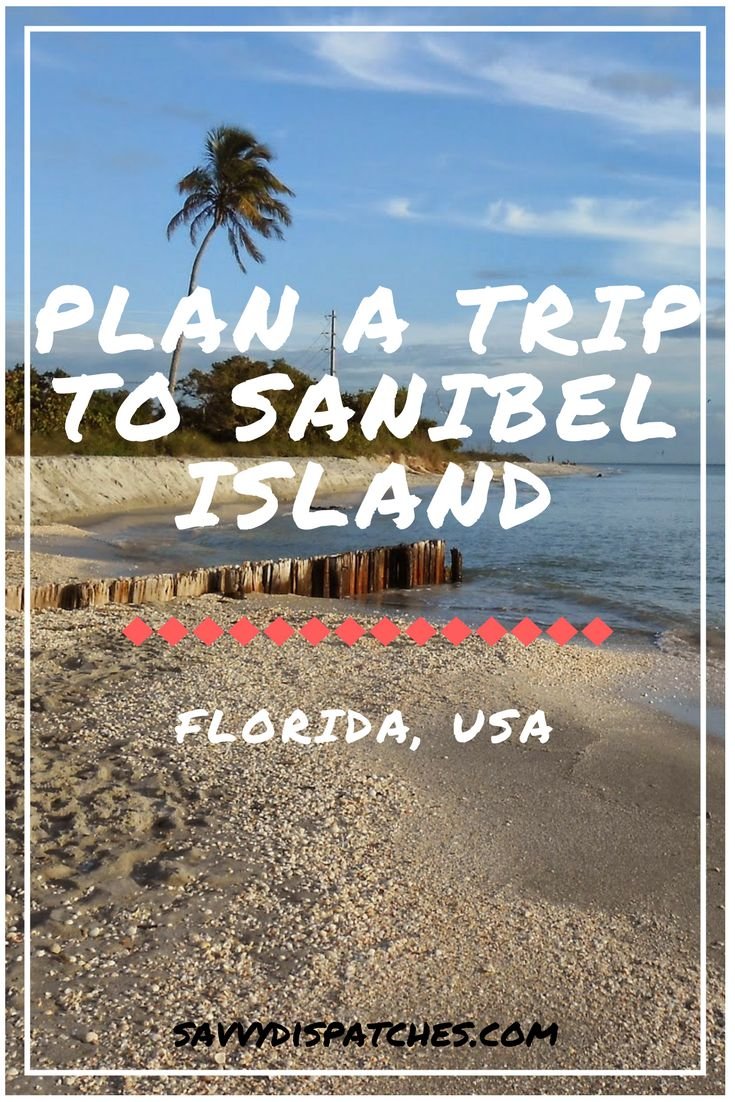Travel
Picton NZ Guide: Discover the Best of This Stunning Destination

Located at the gateway to the breathtaking Marlborough Sounds, Picton is a charming coastal town that offers visitors a mix of natural beauty, rich history, and exciting activities. As the arrival point for ferries crossing the Cook Strait between the North and South Islands, this picturesque town serves as a starting point for exploring some of New Zealand’s most spectacular landscapes. Whether you are an outdoor enthusiast, a foodie, or a history buff, this Picton NZ guide provides all the essential information for an unforgettable visit.
Why Visit Picton?
Picton is a must-visit destination for anyone travelling to the South Island. Surrounded by lush hills and crystal-clear waters, it offers a perfect blend of relaxation and adventure. The town is small but full of charm, with a vibrant waterfront, excellent cafes, and easy access to some of New Zealand’s best hiking trails and marine experiences. Moreover, its proximity to the renowned Marlborough wine region makes it an ideal base for exploring the country’s famous Sauvignon Blanc vineyards.
How to Get to Picton
By Ferry
Most visitors arrive in Picton via the Interislander or Bluebridge ferries from Wellington. The journey across Cook Strait takes about three and a half hours and offers stunning views of the Marlborough Sounds.
By Road
Picton is easily accessible by car, with State Highway 1 connecting it to major South Island cities such as Blenheim (20 minutes away) and Christchurch (a four-hour drive).
By Air
For those short on time, Sounds Air operates flights between Wellington and Picton, with the flight taking approximately 25 minutes. The small Picton Airport is located just a few kilometers from the town center.
Best Time to Visit Picton
Summer (December to February)
Warm temperatures make summer the best time to visit. The town is bustling with visitors, and outdoor activities such as kayaking, hiking, and boat cruises are in full swing.
Autumn (March to May)
A quieter season with mild weather, making it a great time for wine tasting and scenic walks. The autumn foliage in nearby vineyards adds to the beauty.
Winter (June to August)
While cooler, winter in Picton remains pleasant, with fewer crowds. It’s an excellent time for enjoying peaceful walks along the waterfront and spotting marine wildlife.
Spring (September to November)
Spring brings blooming flowers and pleasant weather. It is an ideal time for hiking and enjoying fresh seafood at waterfront restaurants.
Top Attractions in Picton
Marlborough Sounds
One of the biggest draws of Picton, the Marlborough Sounds feature breathtaking fjord-like waterways, hidden coves, and lush native forests. Exploring the area by boat, kayak, or hiking is highly recommended.
Queen Charlotte Track
This famous 71-km trail winds through the Marlborough Sounds and offers spectacular coastal views. Shorter sections can be walked in a day, while the full track takes around four to five days to complete.
Edwin Fox Maritime Museum
This museum houses the Edwin Fox, the world’s second-oldest surviving merchant sailing ship. A visit provides fascinating insights into New Zealand’s maritime history.
Picton Foreshore & Marina
The lively waterfront area is a great place to relax, with scenic picnic spots, a playground, and local eateries offering delicious seafood.
Kaipupu Wildlife Sanctuary
Located just a short boat ride from Picton, this predator-free sanctuary is home to native birds such as tui, bellbirds, and little blue penguins.
Best Outdoor Activities in Picton
Kayaking in Marlborough Sounds
Renting a kayak allows visitors to explore hidden bays, encounter seals, and paddle through peaceful waters surrounded by lush green hills.
Dolphin Watching & Swimming
Wildlife tours offer the chance to see or even swim with dusky dolphins, orca, and the rare Hector’s dolphins in the pristine waters of the Marlborough Sounds.
Fishing & Boating
With abundant marine life, Picton is a fantastic place for fishing enthusiasts. Charters are available for deep-sea fishing or casual harbor cruises.
Hiking & Walking Trails
In addition to the Queen Charlotte Track, Picton has several shorter scenic trails, such as the Tirohanga Track, which offers panoramic views of the town and harbor.
Where to Eat in Picton
Best Cafes & Breakfast Spots
- Seabreeze Café – Known for its waterfront views and fresh coffee.
- Toastie Picton – Famous for gourmet toasties and casual brunch options.
Top Seafood Restaurants
- Oxley’s Bar & Kitchen – Serves fresh local seafood and craft beer.
- The Thirsty Pig – A relaxed pub offering fish and chips with a view.
Fine Dining & Local Cuisine
- Le Café Picton – Features a seasonal menu with locally sourced ingredients.
- Gusto – An Italian-inspired restaurant known for its handmade pasta.
Best Places to Stay in Picton
Luxury Accommodations
- Escape to Picton Boutique Hotel – A stylish boutique stay with personalized service.
- Bay of Many Coves Resort – A secluded luxury lodge accessible only by boat.
Mid-Range & Budget Stays
- Picton Yacht Club Hotel – Offers comfortable rooms with ocean views.
- Atlantis Backpackers – A budget-friendly option with a fun, social atmosphere.
Exploring Beyond Picton
Blenheim & Marlborough Wine Region
Only 20 minutes away, Blenheim is the heart of New Zealand’s wine country. A wine tour through the region’s world-famous Sauvignon Blanc vineyards is a must.
Lochmara Lodge
Accessible only by boat, this eco-retreat in the Marlborough Sounds offers wildlife encounters, art exhibits, and a relaxing escape from the city.
Nelson & Abel Tasman National Park
A scenic three-hour drive from Picton, this region is known for golden beaches, crystal-clear waters, and excellent hiking opportunities.
Tips for Visiting Picton
- Book Activities in Advance – Tours, especially during peak season, sell out quickly.
- Dress in Layers – The weather can change rapidly, so carrying a jacket is advised.
- Try Local Seafood – Fresh green-lipped mussels and local fish are a must-try.
- Respect Nature – Many areas are conservation zones, so keeping the environment clean is essential.
Picton is more than just a transit hub; it is a destination filled with breathtaking landscapes, exciting outdoor adventures, and rich cultural experiences. Whether you are drawn to the stunning Marlborough Sounds, eager to explore historic sites, or looking to indulge in fresh seafood and fine wine, this coastal gem has something for everyone. With this Picton NZ guide, planning your visit becomes easier, ensuring an unforgettable experience in one of New Zealand’s most scenic towns.
Destinations
Madeira Travel Guide: Top Attractions, Hidden Gems & Local Tips
Destinations
Amalfi Coast Travel Guide: A Journey for Every Type of Traveler
Travel
How to Choose the Best Fat Tire Electric Bike for Different Terrains

How to Choose the Best Fat Tire Electric Bike for Different Terrains
Choosing the best fat tire electric bike for your terrain isn’t just about looks—it’s about performance and comfort. The right e-bike depends on where you ride: smooth pavement, rocky trails, sandy beaches, or snowy roads. Each surface demands specific tires, suspension, and motor power.
This guide will walk you through how to pick the perfect fat tire e-bike for every type of terrain.
What Makes Fat Tire Electric Bikes Unique?
Fat tire electric bikes stand out because of their oversized tires—usually 4” to 5” wide—that offer better traction and stability. Whether it’s a moped-style electric bike for city cruising or a rugged off-road model, these bikes handle diverse terrains with ease.
Key Advantages:
- Excellent grip on loose or slippery surfaces
- Smoother ride on uneven terrain
- Better balance for new riders
- Support for heavier loads or cargo setups
Most fat tire e-bikes feature 500W to 1000W motors and ≥80 Nm torque, making them ideal for both hills and flat roads.
1. Best Fat Tire Electric Bike for City Streets
If you’re riding mostly on asphalt, paved trails, or urban bike lanes, comfort and efficiency matter most.
What to Look For:
- Tire Type: Semi-slick or hybrid tread (4.0”) for low rolling resistance.
- Motor Power: 500–750W hub motor for smooth acceleration.
- Battery Range: At least 48V 15Ah (40–50 miles per charge).
- Suspension: Front fork only—light and efficient for city use.
- Frame Style: Step-thru or moped-style electric bike for easy mounting.
Example setup:
A 750W fat tire commuter e-bike with 20″x4″ semi-slick tires offers great traction without draining power on smooth roads.
Pro Tip: Inflate your tires to 20–25 PSI for better efficiency and speed on pavement.
2. Best Fat Tire Electric Bike for Mountain Trails
Mountain terrain demands more power, stronger frames, and better suspension.
What to Look For:
- Motor: 750W–1000W mid-drive motor with ≥80 Nm torque for hill climbing.
- Suspension: Full suspension (front + rear) to absorb shocks.
- Tires: Deep tread 4.8” tires for traction on gravel and mud.
- Brakes: Hydraulic disc brakes (180mm rotors) for steep descents.
- Battery: 48V 20Ah or dual-battery setup for long trail rides.
- Ideal PSI: 12–18 PSI for rocky trails.
Pro Tip: A mid-drive motor keeps your center of gravity low and improves handling on tight, winding paths.
3. Best Fat Tire Electric Bike for Snowy Conditions
Snow requires traction and stability—this is where fat tire e-bikes truly shine.
What to Look For:
- Motor: 750–1000W rear hub motor (torque ≥85 Nm).
- Tires: 4.8” studded or knobby tires for maximum grip.
- Frame Material: Aluminum alloy to prevent rust.
- Battery: High-capacity 48V 17–20Ah (cold weather drains battery faster).
- Fenders: Full coverage to block slush and debris.
Pro Tip: Keep your battery warm indoors before riding—it maintains up to 15% more charge efficiency in winter.
4. Best Fat Tire Electric Bike for Beach or Sand Riding
Soft sand is tricky. You’ll need wide tires, a strong motor, and corrosion resistance.
What to Look For:
- Tires: Ultra-wide 4.5–5.0” tires with low PSI (8–12 PSI).
- Motor: 750W or 1000W rear hub motor for consistent power.
- Battery: 48V 15Ah minimum—sand adds resistance.
- Frame Coating: Anti-rust treatment or aluminum alloy frame.
- Drivetrain: Sealed components to protect from sand and salt.
Pro Tip: After beach rides, rinse your e-bike with fresh water and dry it thoroughly to avoid corrosion.
Comparison Table: Fat Tire E-Bike Terrain Guide
| Terrain Type | Ideal Tire Width | Motor Power | Suspension | Battery | Recommended PSI |
| City Streets | 4.0″ semi-slick | 500–750W | Front | 48V 15Ah | 20–25 PSI |
| Mountain Trails | 4.8″ knobby | 750–1000W | Full | 48V 20Ah+ | 12–18 PSI |
| Snow | 4.8″ studded | 750–1000W | Front | 48V 17Ah+ | 10–15 PSI |
| Beach/Sand | 4.5–5.0″ | 750–1000W | Front | 48V 15Ah+ | 8–12 PSI |
Extra Features Worth Considering
- Pedal Assist Levels: Choose models with at least 5 PAS modes for flexibility.
- Display: An LCD with real-time speed, range, and PAS data helps monitor performance.
- Lighting: Integrated LED lights improve safety for night rides.
- Accessories: Racks, baskets, or child seats can make your ride more functional.
Tips for Beginners vs. Advanced Riders
For Beginners:
- Start with a step-thru frame for easy handling.
- Use pedal assist mode to extend battery life.
- Keep tires at higher PSI for smoother roads.
For Advanced Riders:
- Go for dual batteries if you ride long distances.
- Experiment with lower PSI on dirt or snow for more grip.
- Upgrade to hydraulic brakes for precision control.
Conclusion
The best fat tire electric bike depends on where you ride most. City commuters should look for semi-slick tires and moderate power, while mountain and beach riders need wider tires, stronger motors, and solid suspension. By matching your bike’s setup to your terrain, you’ll enjoy smoother rides, longer range, and better control.

 Blog10 months ago
Blog10 months agoHow to Deal with Scabies While Traveling

 Travel10 months ago
Travel10 months agoRichmond, Virginia Street Art Guide

 Travel10 months ago
Travel10 months agoPerhentian Islands: How to Get There, What to Expect, & More

 Travel10 months ago
Travel10 months agoHow to Live in Your Car in New Zealand

 Travel10 months ago
Travel10 months agoSouvenir in Nepal: A Guide to Unique Handicrafts and Cultural Treasures

 Travel10 months ago
Travel10 months agoVegan Guide to Dining Out in Richmond, Virginia

 Food10 months ago
Food10 months agoVegetarian Food Nepal: A Journey into Flavorful Plant-Based Cuisine

 Travel7 months ago
Travel7 months agoA Local’s Guide to Sanibel Island, Florida

















